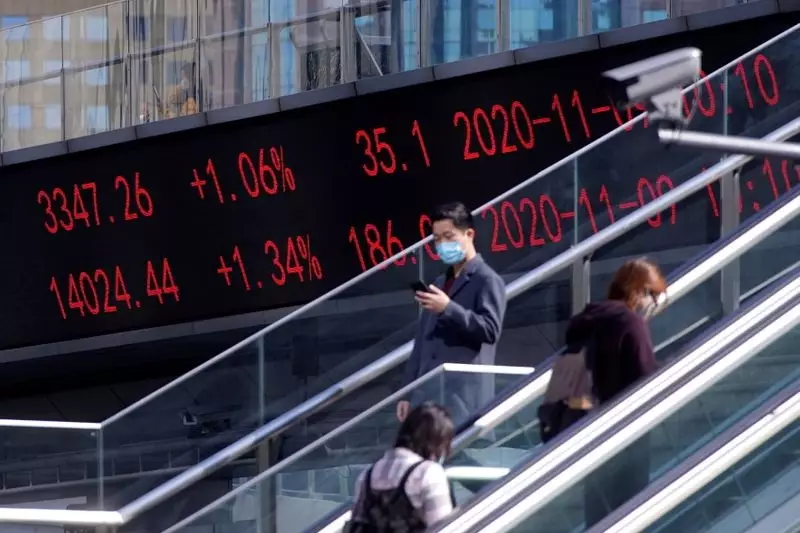The Asian stock market experienced a sharp decline on Monday, with the Iranian attack on Israel contributing to a decline in risk appetite. The incident raised concerns about the potential for a broader conflict in the Middle East, which negatively impacted market sentiment. However, the impact of the attack was limited, and there were indications that Tehran was looking to de-escalate the situation.
In addition to geopolitical tensions, Asian markets were also affected by concerns over higher U.S. interest rates. The fear of “higher-for-longer” rates weighed on investor sentiment, contributing to the overall decline in stock prices across the region.
Chinese stocks emerged as the sole outperformers for the day, bouncing back from a one-month low with the promise of additional government support. On the other hand, Japan’s Nikkei 225 was among the worst performers, losing 1.2% as investors sought to secure profits near recent record highs. South Korea’s KOSPI and Australia’s ASX 200 also experienced losses, with trade data and weak earnings reports contributing to the negative sentiment in these markets.
Looking ahead, market participants will be closely watching key economic indicators such as the consumer price index data for Japan and India, as well as inflation readings for India. These data points will likely provide further insights into the economic health of the respective countries and may influence market trends in the coming days.
Despite facing challenges from weak economic data, Chinese markets showed signs of resilience as key indexes surged following government pledges of support for local capital markets. State-backed funds were observed buying shares of heavyweight Chinese banks, which provided a boost to market sentiment and helped the indexes recover from recent lows. This highlights the ongoing influence of government policies on Chinese stock performance.
The Asian stock market faces a challenging environment marked by geopolitical uncertainties and interest rate concerns. While some markets have shown resilience in the face of these challenges, others have struggled to maintain positive momentum. Investors will need to closely monitor key economic indicators and government interventions to navigate the current market conditions effectively.

